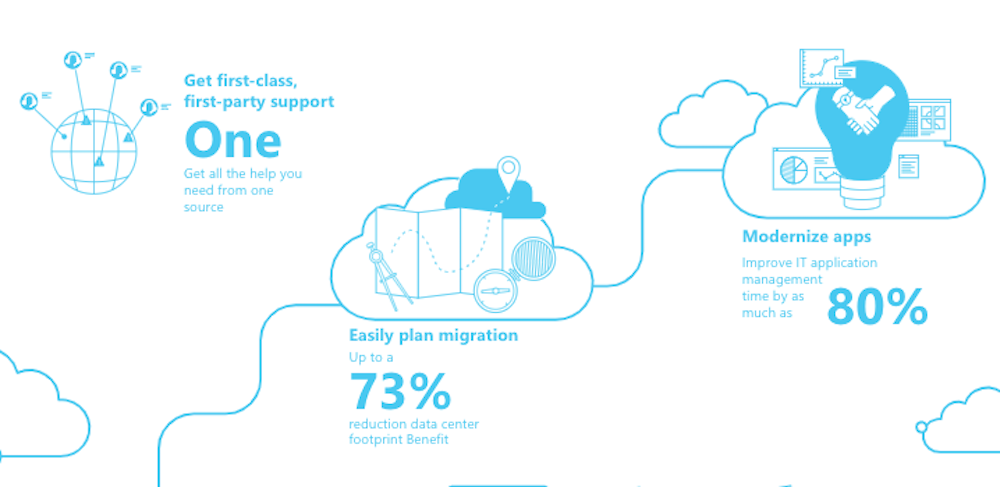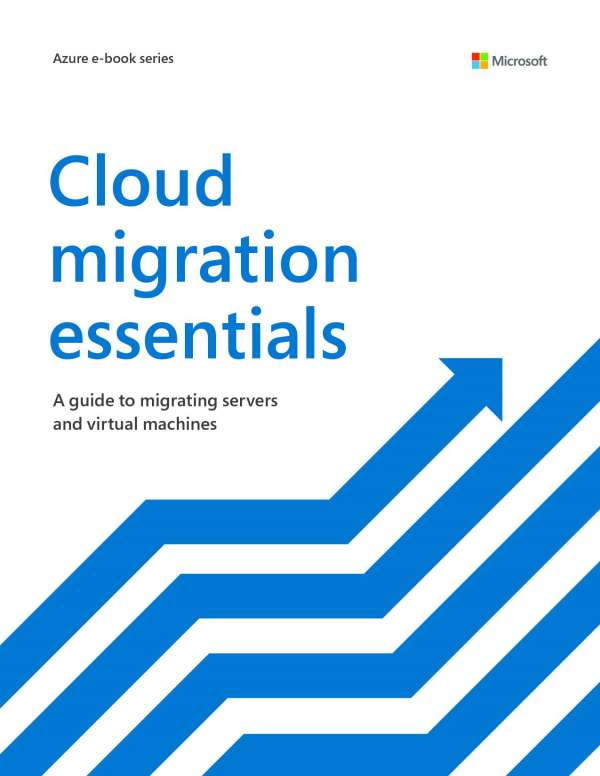Not so long ago, the drawbacks of storing databases in the cloud were so great that most businesses gave it little thought. Today, the benefits far outweigh the shortcomings, with an incredible array of additional services and solutions now available that provide organizations with unparalleled efficiency and growth potential. Not only is the price-to-performance ratio of cloud software much better than that of on-site servers, but an array of additional services and solutions can also now be integrated in cloud applications.
Subscribe now to learn more about how cloud migration can provide you organization with the scalability and flexibility it needs to support its digital transformation roadmap, as well as how you can reap the benefits of industry-leading capabilities by using Microsoft Azure.














